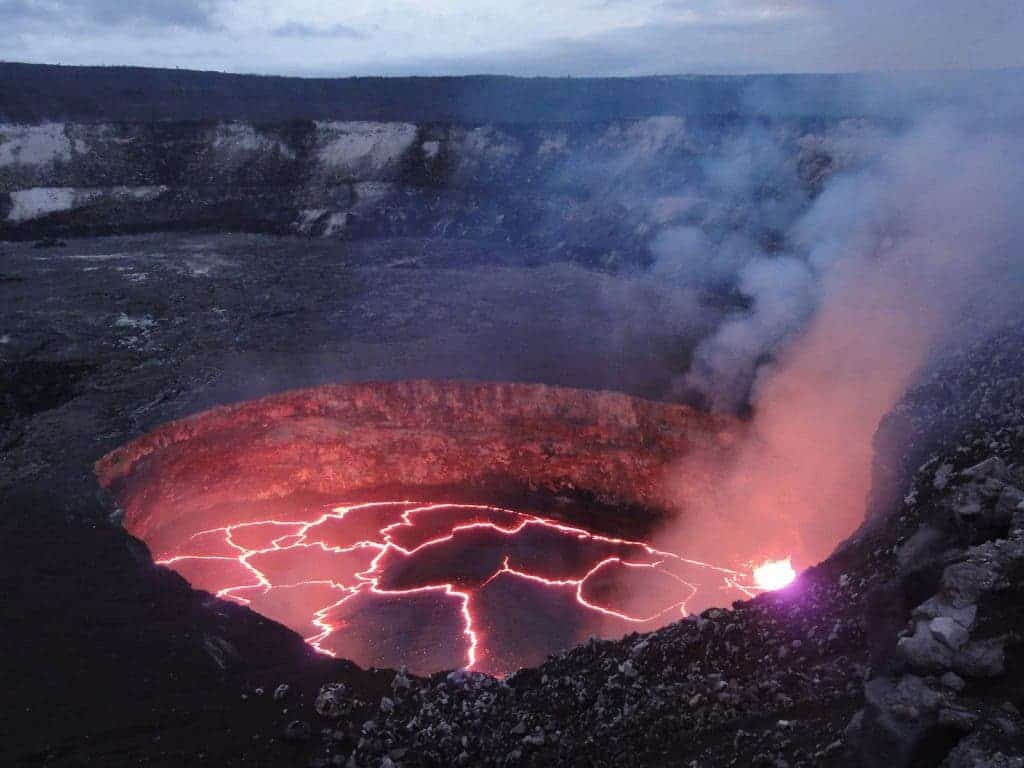Geologists are expecting increased activity on the Kilauea volcano, warning that another eruption is likely possible. It seems that lava continues to build up, as manifested through a swarm of minor earthquakes.

“The overall evolution of unrest in Kilauea’s summit area and upper rift zones in the coming weeks to months is uncertain,” the Hawaii Volcano Observatory said in a statement.
There have recently been two significant eruptions at the Kilauea volcano, including one that collapsed a crater wall, but the situation still hasn’t stabilized. Earthquake swarms have rocked the area, with two magnitude-3.0 earthquakes hitting on Saturday. This seems to indicate that highly pressurized lava is gathering up and pressing against the walls.
“The magma storage system within Kilauea is highly pressurized at this time, and future changes in the location of unrest, and the potential for eruption, could unfold quickly (in days to hours),” it said.
The lava lake in the crater reportedly fell down by 500 feet (150 meters), and this lava had to go somewhere – it’s almost certainly accumulating in an existing chamber or in an entirely new place, where it might erupt. Steven Brantley of the Hawaiian Volcano Observatory said that they are currently trying to use these earthquakes to anticipate when the next eruption will take place.
“We don’t know what the outcome of this activity might be. That is the challenge, is trying to interpret what this activity really means in terms of the next step for Kilauea”. He added that there is a possibility that the lava will burst out of Kilauea in a new spot.
Even if it blows up in a new spot, the risk of the eruption threatening locals is reduced, but scientists are still keeping an eye out. The area is generally closed to tourists and there are no structures nearby.


